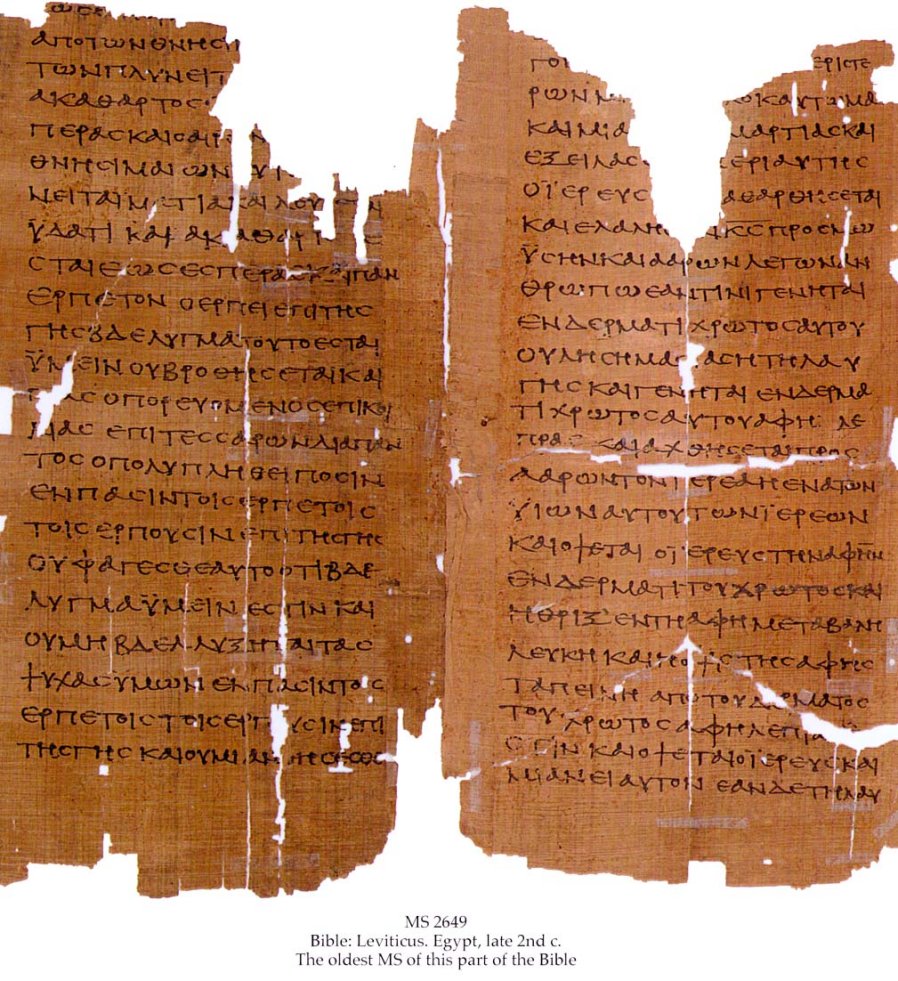Paraphrased from Daily Audio Bible:

1 and 2 were called 3rd & 4th Kings
in the Septuagint
From Wikipedia:
Septuagint--Greek translation of OT, dated as early as late 2nd century AD, Paul references in NT writings, possibly commissioned by Ptolmey II
The Septuagint derives its name from the Latin versio septuaginta interpretum, "translation of the seventy interpreters.
Latin Vulgate
4th century, largely the work of St. Jerome
"The Vulgate is a late 4th-century Latin translation of the Bible. It was largely the work of St. Jerome, who was commissioned by Pope Damasus I in 382 to make a revision of the old Latin translations. By the 13th century this revision had come to be called the versio vulgata, that is, the "commonly used translation",[1] and ultimately it became the definitive and officially promulgated Latin version of the Bible in the Roman Catholic Church. Its widespread adoption led to the eclipse of earlier Latin translations, which are collectively referred to as the Vetus Latina.
The Vulgate's Apocrypha section is smaller than the King James Bible's, with a correspondingly larger Old Testament.
The Vulgate was given an official capacity by the Council of Trent (1545–1563) as the touchstone of the Biblical canon concerning which parts of books are canonical." -Wikipedia
 |
| Koberger Bible, 1487, Nuremberg--Vulgate Translation |
From Sacred Texts.com:
This is the Latin Bible, or 'Vulgate'. Translated from the Hebrew and Aramaic by Jerome between 382 and 405 CE, this text became knowns as the 'versio vulgata', which means 'common translation'. 'Vulgate' should not to be confused with the term 'vulgar', which has taken on a divergent meaning in modern English.
The collection and order of the books which make up this version of the Bible differs slightly from the ones in the King James Version, it includes several of the Apocrypha.
The Vulgate was the standard version of the Bible for Roman Catholics for over one and a half millenia. Since Latin was only studied by priests and scholars, the vast majority of people could not read or understand the Vulgate, even though they would hear passages from it every time they went to church.
Until 1450, when Gutenberg printed this text, copies were also very rare and expensive. During the Protestant reformation in the 14th and 15th centuries, the Bible was finally translated into modern languages, against great resistance from the Church. Finally in the mid-20th Century, the Roman Catholic church abandoned the use of Latin for liturgy. However, this remains one of the most historically important Latin texts.
Canaanites, Amorites, Jebusites, Hittites:
Interesting history:
The Canaanites were the indigenous population of Canaan. The Amorites had entered Canaan from northeast Aram (Syria) sometime before 2000 b.c., had driven the Canaanites out of the hill country, and took their place there. The Hittites originated in central Anatolia (modern Turkey) about 1800 b.c. and slowly spread south and southeast, probably identifying with the Amorites in Canaan. Nothing is known of the Jebusites except that they were centralized in Jerusalem and were also considered an Amorite group (Jos_10:5). They remained in control of Jerusalem till 400 years after Moses, when David drove them out, captured the city, and made it his capital, in 1004 b.c. (2Sa_5:6-10). -BKCh

No comments:
Post a Comment